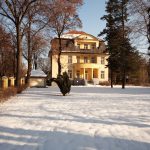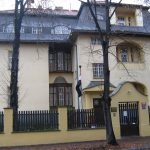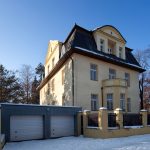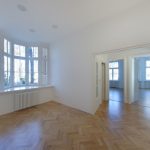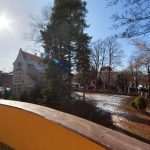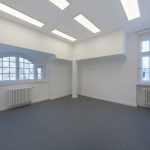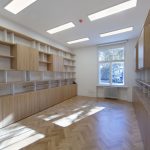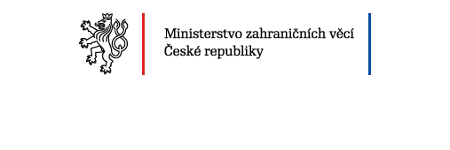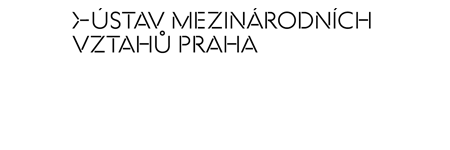Original owners
The villa was a summer house for Dr. Wilhelm Wostra (1877–1951), a Czechoslovak historian, and his wife, Frieda, the daughter of a businessman in the hop trade, was bulit in 1910-1911, in the locality of the former homestead „Zátorka“, in the later Tomkov Street, today Na Zátorce1.
The building was bought by the couple at the end of 1910. The plans were drawn up in October 1910 by a prominent architect of German origin, Adolf Foehr (1880-1943), Wilhelm Wostry was born in Žatec.
He studied geography and history at the German Charles University in Prague and in 1904 he defended his doctorate in philosophy. He worked as an intern, later as a librarian at the University Library in Prague. During the First World War was was imprisoned in Siberia for 6 years. After returning in 1920, he became a professor of Czech history and was also dean and vice-dean again at German Charles University. His professional specialization was Czech – German relations in the Middle Ages and early modern times. He has authored of number of professional publications and most of them are considered historically objective and nationally impartial.
Architect Adolf Foehr, Bedřich Ohman and Jan Kotěra pupil at the School of Applied Arts in Prague, is the author of of many buildings in the spirit of tradicionalism and expressionism. One of Foehr´s most famous buildings is the Brandejs Department Store in Prague´s Old Town from 1930 – 1932. Among its other buildings, let us mentionn the Danube building, Voršilská 14, Prague 1 and the Securitas Palace, Vodičkova 18, Prague 1.
The L-shaped villa with a massive mansard roof was situated on the corner of today´s Na Zátorce and U Vorlíků streets with living rooms facing south. Adolf Foehr designed a two-storey residential house with a full-fledged attic and semi-basement. He also arranged the layout around a large entrance hall in an L-shape, which is followed by all living rooms and a two-armed staircase. The living rooms on both floors are connected by an enfilada, a studio was located in the attic. The house was Baroque-classic feautures with some Art Nouveau elements. The southern facade, facing the garden, which is almost symetrical, is dominated by semicircular bay window with a roof terrace. The northern asymmetrical facade with loggias and bay windows i salso interesting2.
History of the villa
Mr. Wilhelm Wostry joined the Sudeten German Party in April 1938 and a year later joined the NSDAP3. After the end of World War II, the villa was nationalized according to the decision to hand over confiscated property to the municipality of 31 December 1949. In 1954, the ownerships right for the Czechoslovak State was respected. Housing Company of the Capital City of Prague and a year later the operational administartion was transfered to the Services Management of the Diplomatic Corps in Prague, whose succesor organization is Diplomatic Service4. The tenant of the villa has long time been the Embassy of the Republic of Iraq, the Embassy of the Kingdom of Morocco and currently the building is used by the Embassy of the Portugese Republic.
1 Archiv Odboru výstavby ÚMČ Prahy 6, k. ú. Bubeneč, č. p. 339 složky Plány a spisy
2 Beránek Bohumil, Nikolay Brankov, Klára Brůhová, Kryštof Havlice, Alena Křížková, Milan Podobský, Lenka Popelová, Radomíra Sedláková, Pavel Škranc, Petr Ulrich. Slavné vily Praha 6 – Bubeneč.: Foibos Books, 2017
3 Dostupné on-line https://de.wikipedia.org/wiki/Wilhelm_Wostry#cite_note-Hruza08-2
4Výpis z pozemkové knihy KÚ Bubeneč, vl. č. 482, z 11. 5. 2012

